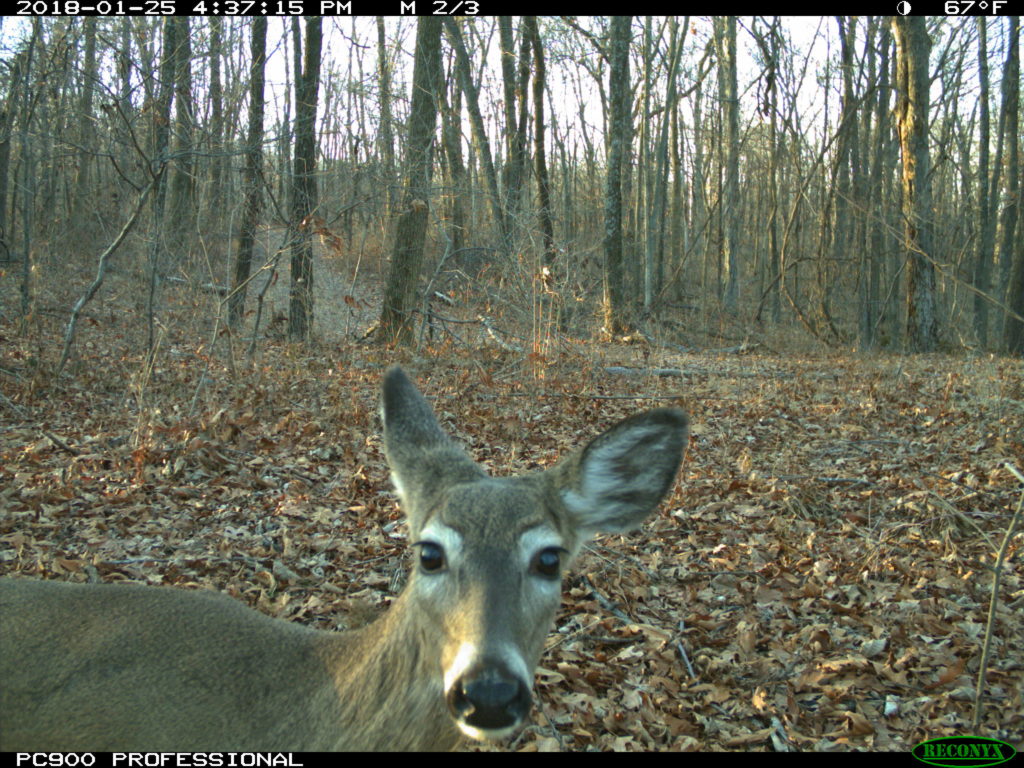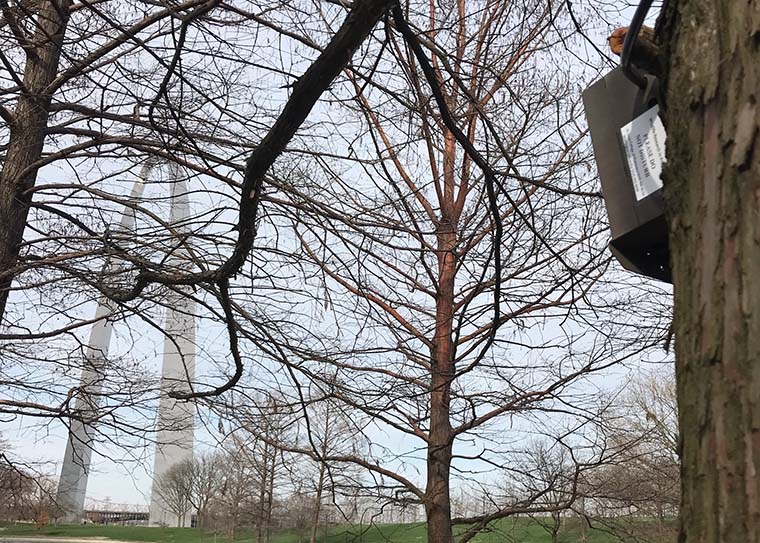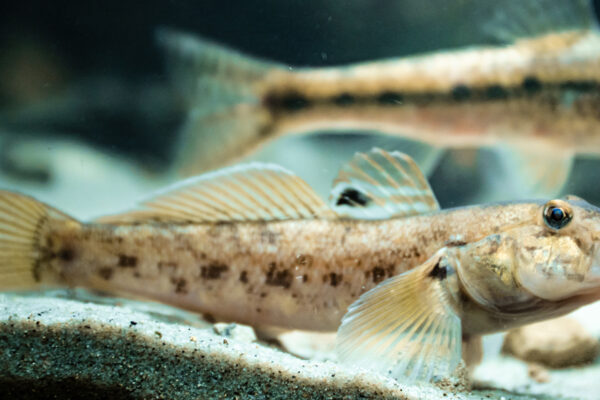Researchers from Washington University in St. Louis and University of Health Sciences and Pharmacy in St. Louis (UHSP) contributed to a national study that identifies how gentrified parts of a city have notably more urban wildlife than ungentrified parts of the same city. Published in April in the Proceedings of the National Academy of Sciences (PNAS), this work also shows how gentrification further limits marginalized communities’ opportunity to connect with nature.
The study, led by Lincoln Park Zoo’s Urban Wildlife Institute, analyzed data from 23 cities across the continental U.S., collected by partners of the Urban Wildlife Information Network (UWIN), a collective of scientists, ecologists and educators dedicated to understanding biodiversity and mitigating human-wildlife conflict in cities.

UWIN partners — including local contributors with the St. Louis Wildlife Project — placed motion-detecting wildlife cameras at a total of 999 sites in cities across the country, weaving together a national network to monitor biodiversity between 2019 and 2021. The analysis looked at 21 mammal species across 11 families.
“In St. Louis, alpha diversity, or the number of mammal species at a site, was impacted more by gentrification than urban intensity,” said Whitney Anthonysamy, an assistant professor of biology at UHSP and a study co-author. “For example, gentrified sites may have had raccoons, rabbits, woodchucks, gray squirrels and opossums, whereas non-gentrified sites may have only had raccoons, gray squirrels and opossums.”
The study found that, on average, the number of different species living in a gentrified part of a city is 13% higher than in a compositionally comparable ungentrified part of the same city. This means that gentrified neighborhoods can support one to two more species on average, and therefore humans living in these areas have greater exposure to urban wildlife without having to actively seek it out.

“As we continue our work in St. Louis, we’re keeping a close eye on how ongoing gentrification and other human-caused changes affect the variety of wildlife in the areas we’re studying,” said Beth Biro, a study co-author and a staff scientist at Tyson Research Center, WashU’s environmental field station. Since October 2018, the St. Louis Wildlife Project has captured 335,849 photos in 41 locations across the region, and the project is ongoing.
In coming months, the researchers plan to expand their research focus to include testing for diseases in ticks collected from their research sites, with grant support from UHSP.
“Ticks carry many human pathogens and feed on mammals, such as deer, that are abundant throughout our monitoring transect,” said Solny Adalsteinsson, also a study co-author and at Tyson. “This work will provide an opportunity for us to see how ticks and pathogen risk relate to the local mammal community.”
Read more about the gentrification study on the Lincoln Park Zoo website.



